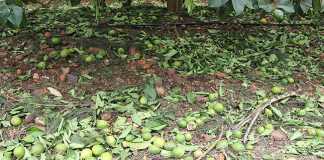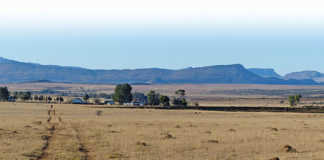The local maize price is directly related to the US price and with no signs of the drought breaking, holds big cost implications for the food industry. It is reported to be the worst drought since 1956. André Jooste, economist at the National Agricultural Marketing Council, said that high US maize prices can be buffered in South Africa by a good exchange rate, but since the rand was weakening, it caused a double whammy.
“At the moment the maize price is between export and import parity, but we are susceptible to price volatility because we don’t have a very big maize surplus.” He said that the maize price and that of maize meal were closely correlated and that the drought could send the maize meal price soaring. Meat prices will also be affected and Jooste said that there will be upward pressure on weaner prices going forward.
This could hold negative implications for farmers because of consumer resistance to higher prices. The United States Department of Agriculture (USDA) said in a statement recently that the increased maize price will in turn affect the price of other crops, such as soya beans, and other inputs in the food supply chain such as animal feed. “We will likely see impacts within two months for beef, pork, poultry and dairy – especially fluid milk. The full effects of the increase in maize prices for packaged and processed foods will likely take 10 to 12 months to show in retail food prices.”
Historically, if the farm price of maize increases by 50%, US retail food prices as measured by the Consumer Price Index increases by 0,5% to 1%. More generally, as the overall commodity price index increases, about 14% to 15% of that increase is passed on to retail prices of products that have that commodity as an ingredient. The USDA said the drought has rapidly increased in severity over the past month and 62% of farms are affected.
While most of the wheat crop has been harvested, maize and soya bean lands are still under stress. About 65% of all crops and livestock are farmed in areas experiencing at least moderate drought with 44% of cattle production and almost 40% of maize and soya bean production in areas of severe drought. More than 80% of the major field crops planted in the US are covered by federal crop insurance, but livestock producers are generally not covered, holding dire consequences for sustainability.











